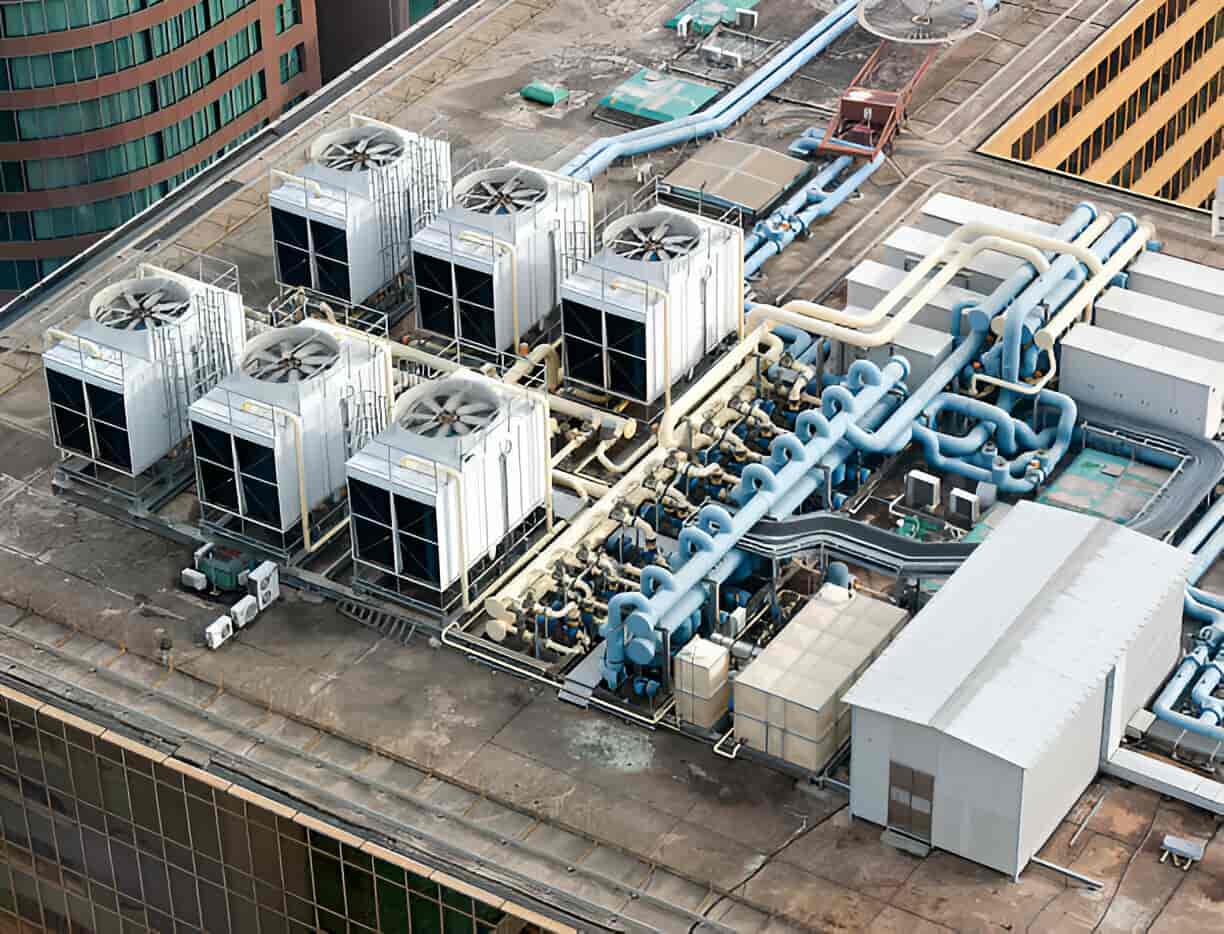
HVAC Maintenance in Indio, CA
HVAC Maintenance in Indio, CA
Keeping your HVAC system tuned and reliable is essential in Indio’s desert climate. With long, hot summers, fine dust, and large temperature swings between day and night, residential and commercial systems face accelerated wear. Regular, comprehensive HVAC maintenance in Indio, CA reduces breakdowns during peak heat, improves energy efficiency, and extends equipment life—so your system performs when you need it most.

Why seasonal HVAC maintenance matters in Indio
Indio homes and businesses are exposed to:
- Extended high temperatures that strain compressors and electrical components
- Low humidity and airborne dust that clog filters and coat coils
- Rapid temperature swings that increase cycling and mechanical stress
Those conditions make seasonal tune-ups and more frequent filter care critical. Preventative maintenance targets the small problems that become expensive failures during summertime peak loads.
Common HVAC problems in Indio and what causes them
- Capacitor and start/run motor failures — heat shortens the life of electrical components.
- Reduced airflow and frozen evaporator coils — usually caused by dirty filters, blocked vents, or failing blower motors.
- Refrigerant loss or undercharge — leaks are more apparent under heavy cooling loads.
- Clogged condensate drains — dust and mineral buildup can cause backups and secondary water damage.
- Poor thermostat performance or calibration — leads to short cycling, uneven comfort, and wasted energy.
- Reduced efficiency and rising energy bills — dirt, worn parts, and improper refrigerant levels all reduce efficiency.
Understanding these common issues helps prioritize maintenance tasks that prevent seasonal failures.
What a comprehensive HVAC maintenance program includes
A full-service maintenance plan for Indio systems typically covers:
Seasonal tune-ups (spring and fall)
Visual inspection, system startup/shutdown procedures, safety and performance checks.
Filter inspection and replacement
Filter check every visit; recommendations for frequency (monthly to every 3 months) based on occupancy, pets, and dust levels.
Coil cleaning (evaporator and condenser)
Removes dust and grime that reduce heat transfer and system efficiency.
Refrigerant checks
Verify proper charge and look for signs of leaks; test pressures and temperatures to optimize cooling performance.
Thermostat calibration and controls check
Ensure accurate temperature readings, correct cycling behavior, and proper communication with zoning systems.
Electrical and safety inspections
Test capacitors, contactors, fuses, wiring, and safety switches to prevent failures and fire hazards.
Blower and airflow assessment
Inspect motor, belts, capacity, and measure static pressure to confirm adequate airflow.
Condensate drain cleaning
Clear drains and traps to prevent clogs and water damage.
Performance testing and documentation
Measure temperature splits, operating amperage, and overall system efficiency; provide a maintenance report and recommendations.
Diagnostic approach: what technicians do and why it matters
Technicians follow a structured diagnostic process to identify emerging faults quickly:
- Review prior maintenance history and recent complaints.
- Visual and audible inspection of indoor and outdoor units.
- Test electrical components and motors under load.
- Measure refrigerant pressures and temperature differentials.
- Check airflow, inspect coils, and verify clean drain paths.
- Calibrate thermostat and check system controls.
- Produce a prioritized list of repairs and efficiency improvements.
This methodical approach finds root causes rather than treating symptoms, which reduces repeat service calls and emergency repairs.
Typical solutions and repairs uncovered during maintenance
- Replace worn capacitors, contactors, and belts to prevent no-start conditions.
- Clean or replace air filters and clean coils to restore capacity and efficiency.
- Repair refrigerant leaks and recharge systems to manufacturer specifications.
- Adjust blower speeds or replace failing blower motors to restore airflow.
- Clear and treat condensate lines to prevent backups.
- Update thermostat settings or replace malfunctioning thermostats to stabilize cycling and comfort.
Addressing these items during scheduled maintenance avoids expensive replacement or emergency service during peak heat.
Maintenance agreements and recurring service options
Maintenance agreements for Indio properties are usually tiered and designed for predictable, ongoing care:
- Basic plan: Annual or biannual tune-ups, standard filter checks, and prioritized scheduling.
- Comprehensive plan: Seasonal tune-ups, more frequent filter service, coil cleaning, refrigerant testing, and discounts on repairs or parts.
- Premium or commercial plan: More frequent visits, dedicated account management, detailed energy performance reports, and priority emergency response.
Common features across agreements:
- Scheduled reminders and seasonal appointments
- Priority service windows during heat waves
- Discounted labor rates or parts pricing for subscribers
- Flexible scheduling for recurring service (monthly filter delivery, quarterly checks, biannual tune-ups)
These programs help homeowners and businesses in Indio avoid peak-season waitlists and stabilize operating costs.
Recommended maintenance schedule for desert climates
- Filter check: monthly to every 3 months (monthly if you run AC continuously or have pets)
- Tune-ups: twice a year (spring for cooling season, fall for pre-winter check)
- Coil cleaning: annually, or biannually when heavy dust exposure occurs
- Refrigerant checks: annually and whenever performance drops
- Safety and electrical inspection: at each seasonal tune-up
- Condensate maintenance: at each tune-up, with interim checks if humidity or algae issues occur
Following this schedule keeps equipment running closer to factory efficiency and minimizes mid-summer failures in Indio’s demanding climate.
Benefits of timely HVAC maintenance
- Lower energy costs through restored efficiency (typical savings can be noticeable after cleaning and recalibration)
- Increased equipment lifespan by reducing stress on components
- Fewer emergency repairs and less downtime during peak heat
- Better indoor comfort and more consistent temperatures
- Improved indoor air quality due to clean filters and coils
- Predictable maintenance budgeting when on a recurring plan
Regular maintenance is an investment that often pays for itself by reducing energy and repair expenses over time.

hear what our satisfied
clients have to say









.webp)